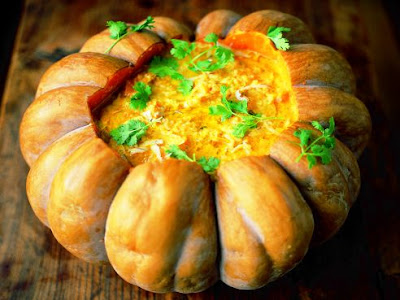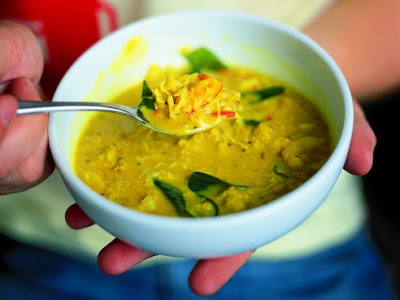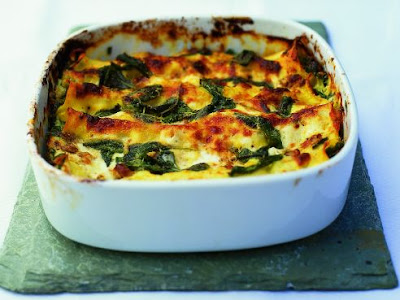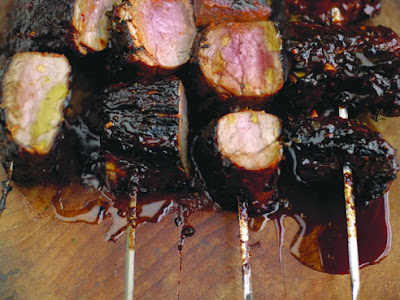
Stage 1: Bring the stock to a simmer in a saucepan. Put the olive oil and butter in a separate large pan, add the onion and celery and cook very gently for about 15 minutes, without colouring, until soft. Add the rice (it will sizzle) and turn up the heat. Don't let the rice or veg catch on the bottom of the pan, so keep it moving.
Stage 2: Quickly pour in the vermouth or wine. You will smell the alcohol immediately, so keep stirring all the time until it has evaporated, leaving the rice with a lovely perfume.
Stage 3: Add the stock to the rice a ladle at a time, stirring and waiting until it has been fully absorbed before adding the next. Turn the heat down to low so the rice doesn't cook too quickly, otherwise the outside of each grain will be stodgy and the inside hard and nutty (you don't want to cook it too slowly either, or it will turn into rice pudding!) and continue to add ladlefuls of stock until it has all be absorbed. This should take about 14 to 15 minutes and give you rice that is beginning to soften but is still a little al dente. Put to one side.
Now put a large saucepan on a medium to high heat and pour in half the stock, followed by all your risotto base and the finely sliced asparagus stalks and the tips. Stirring all the time, gently bring to the boil, then turn the heat down and simmer until almost all the stock has been absorbed. Add the rest of the stock a ladleful at a time until the rice and asparagus are cooked. You might not need all your stock. Be careful not to overcook the rice - check it throughout cooking to make sure it's a pleasure to eat. It should hold its shape but be soft, creamy and oozy, and the overall texture should be slightly looser than you think you want it.
Turn off the heat, beat in your butter and Parmesan, mint, almost all the lemon zest and all the juice. Check the seasoning and add salt and pepper if needed. Put a lid on the pan and leave the risotto to rest for a minute. Serve with a drizzle of olive oil, a scattering of lemon zest and a block of Parmesan on the table.























